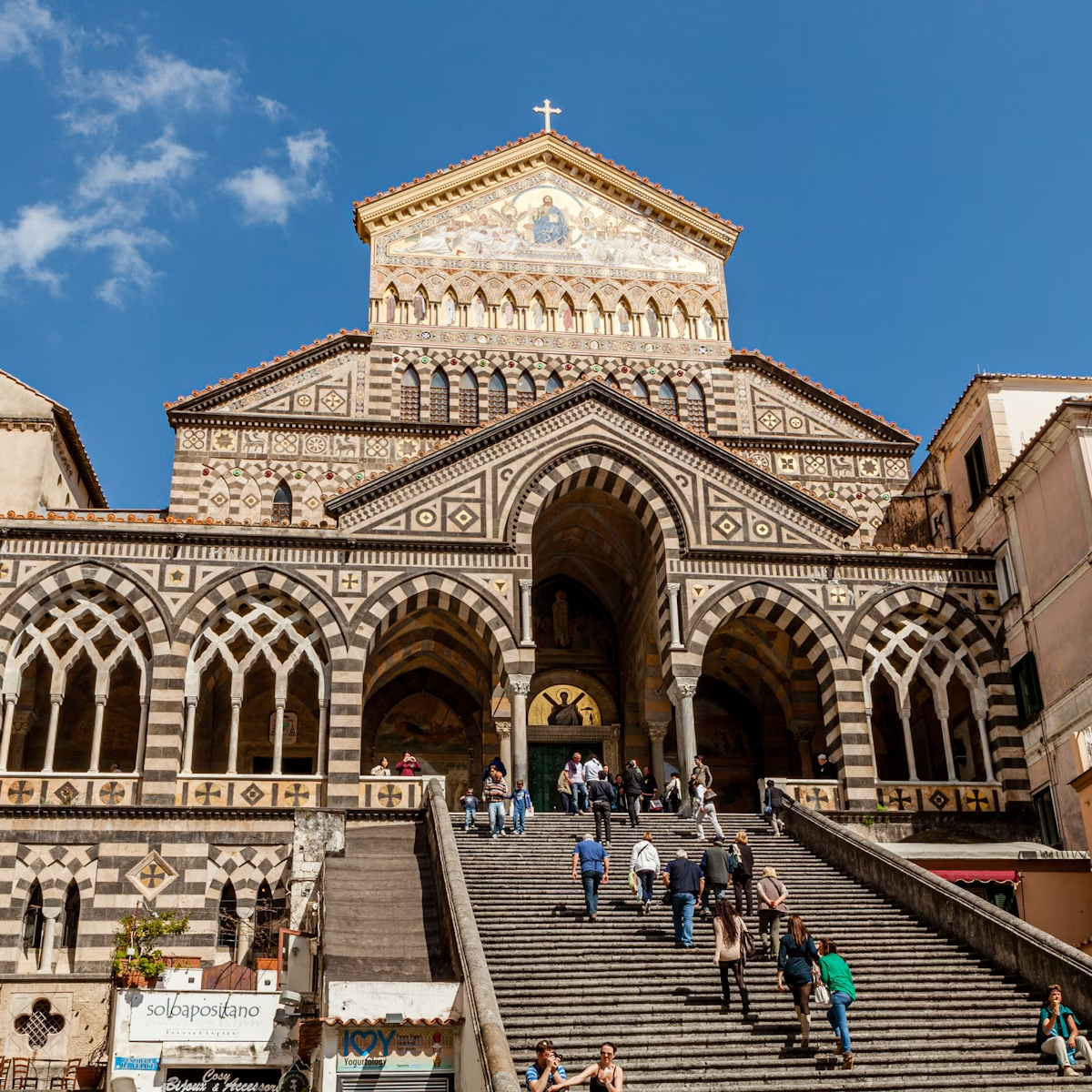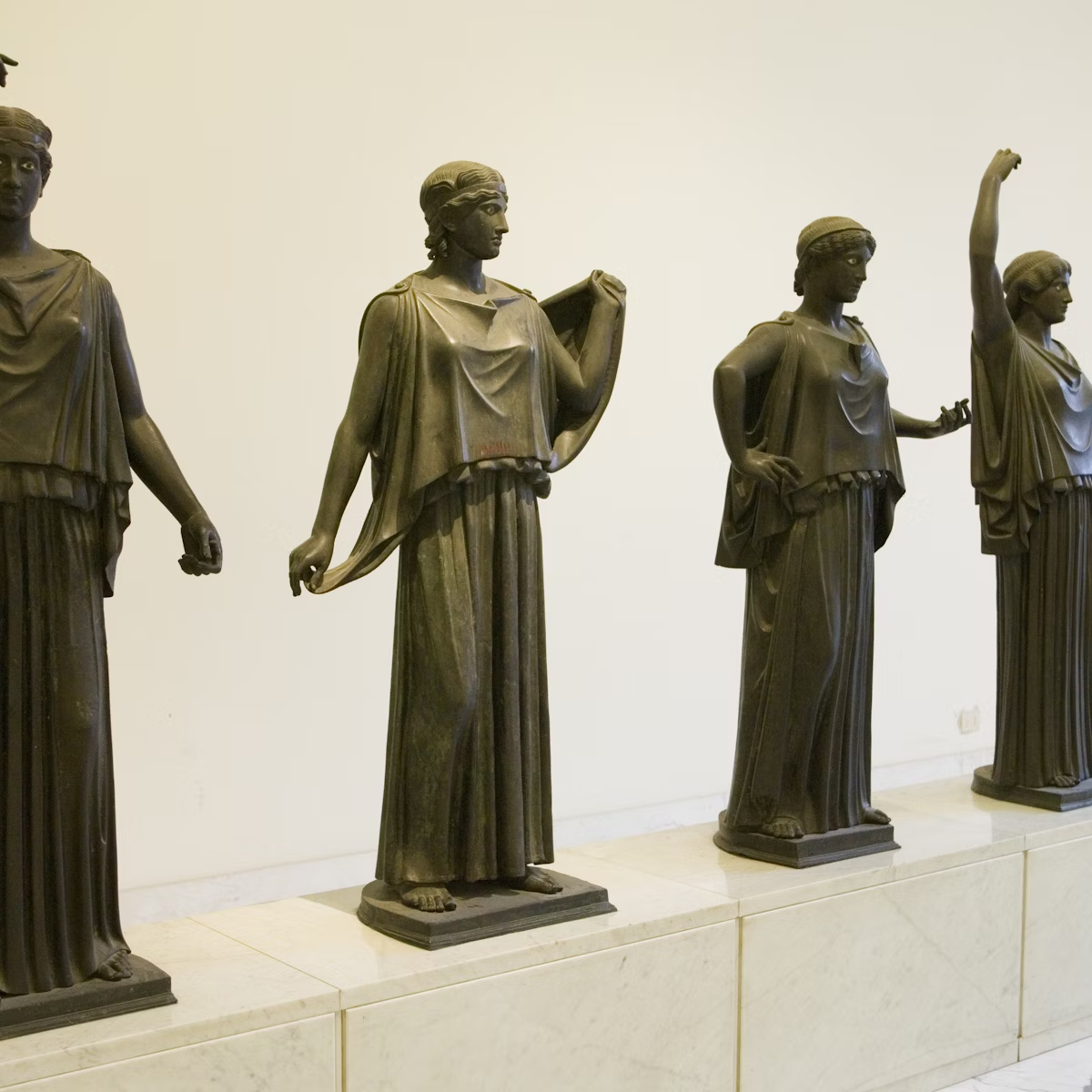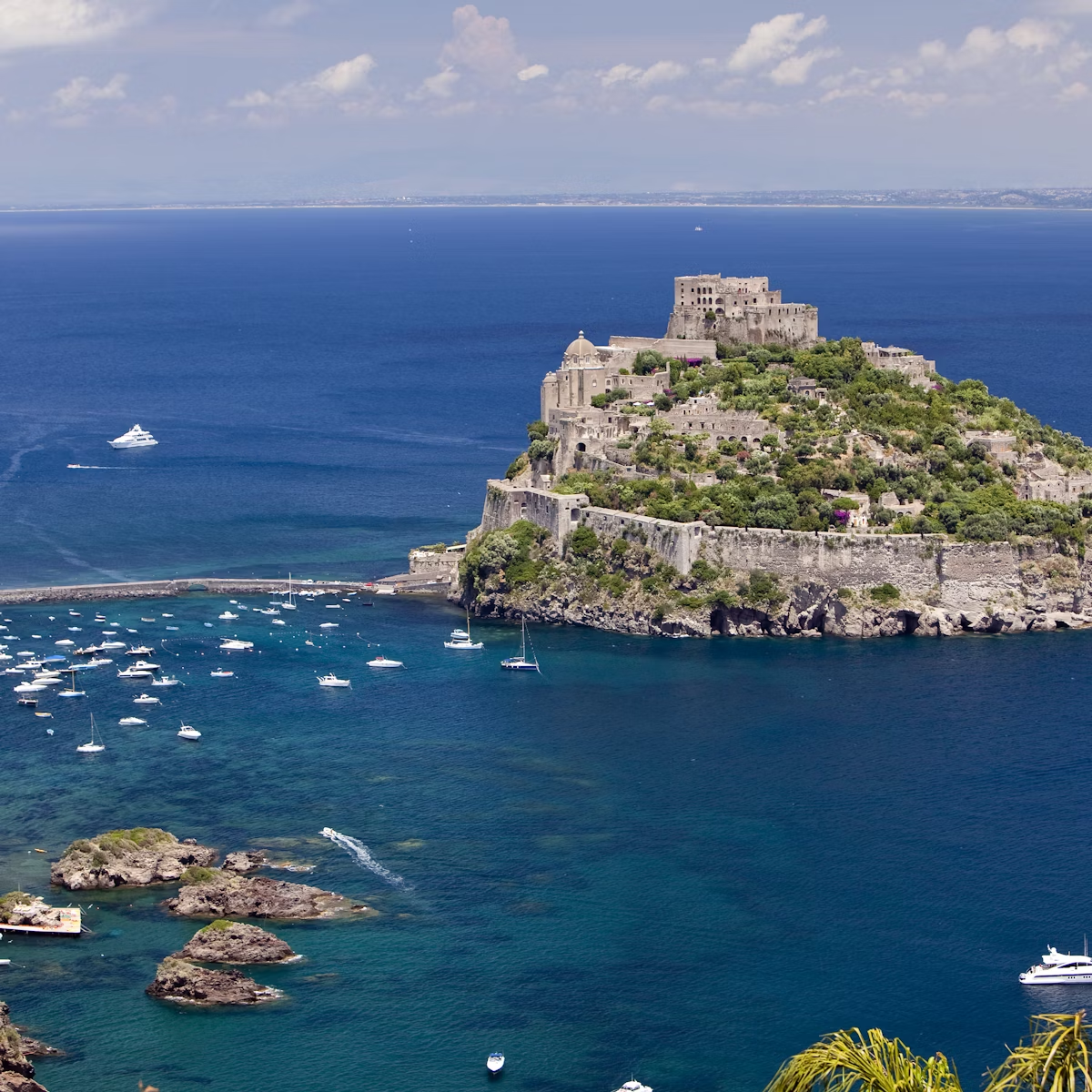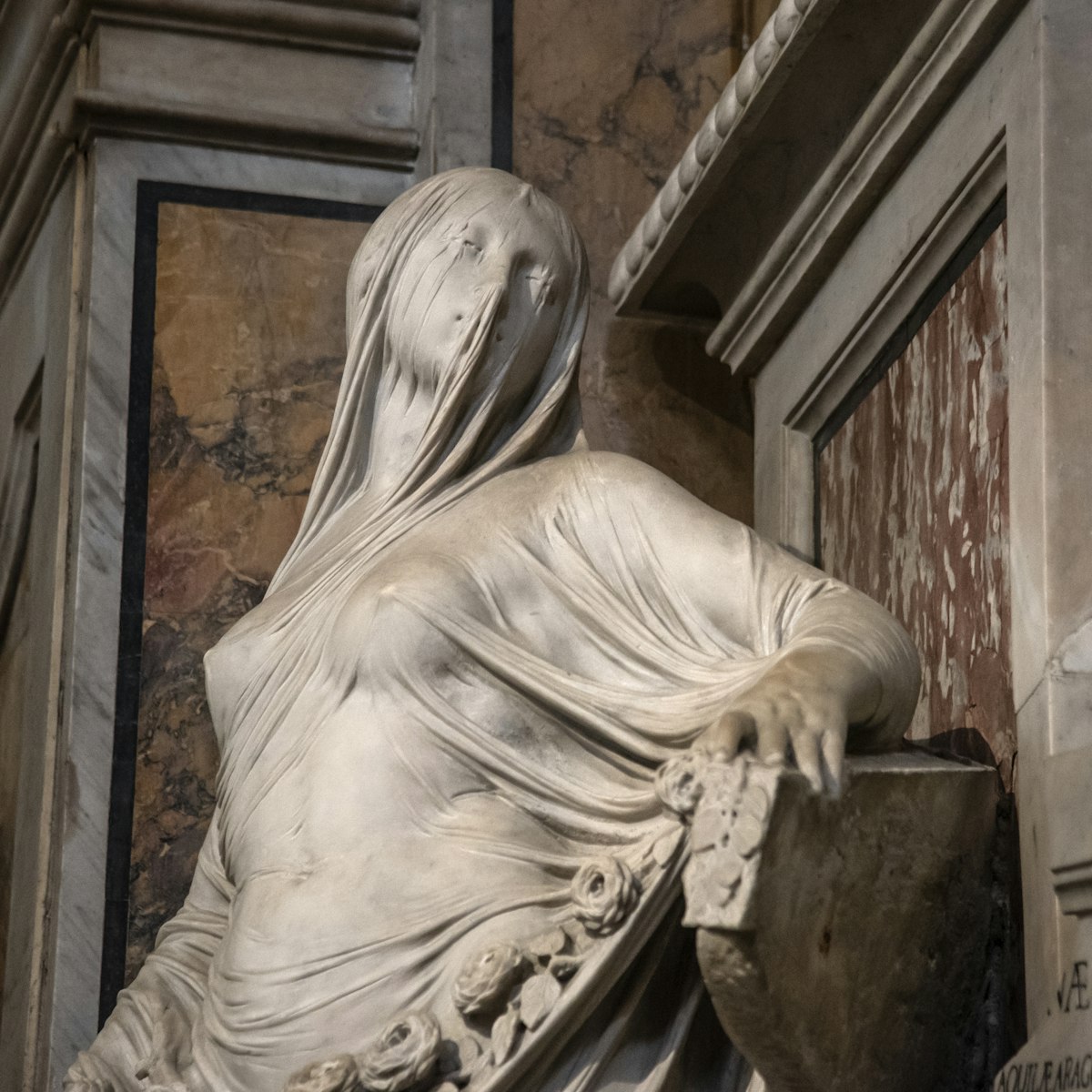It's at this 16th-century hospital and monastic complex that you'll find the Museo delle Arti Sanitarie, a small museum home to rare, historical surgical instruments, as well as a curious tableau of pastori (nativity-scene figurines) inflicted with diseases common in the 18th century. The complex also houses the Farmacia Storica degli Incurabili, a breathtaking 18th-century apothecary that can be visited on a guided tour.
Tours of the farmacia run on Wednesday, Friday, Saturday and Sunday and can be booked by emailing or calling the museum. If you're already at the museum, you may be able to join the next tour. The tours are usually in Italian, though English-language tours can be organised if requested a few weeks in advance.
Divided into a glorious reception hall and a laboratory, the apothecary's lavish walnut shelves are lined with decorative majolica vases, while Pietro Bardellino's epic ceiling painting portrays an episode from Homer's Iliad, in which Machaon is curing the wounded Menelaus. A more unusual feature of the reception hall is a rococo inlay portraying an allegory of caesarean birth.
Some of Naples' finest baroque architects and artists worked on the apothecary: Domenico Antonio Vaccaro styled the facade, Bartolomeo Vecchione designed the interior, and Gennaro di Fiore engraved the shelves, the latter also collaborating with Carlo Vanvitelli at the Reggia di Caserta. The majolica vases were painted by Lorenzo Salandra and Donato Massa (whose most famous tilework is found in the cloister of the Basilica di Santa Chiara). Not surprisingly, the pharmacy is widely considered to be one of the city's finest examples of early-18th-century craftmanship.
Both the museum and farmacia face the Cortile degli Incurabili (Courtyard of the Incurables), from which stairs lead up to the main hospital building. Enter it and cross the lobby to access the Orto Medico (Medical Garden), a raffish garden dotted with medicinal plants and herbs. At its centre is a small fountain and a beautiful 400-year-old camphor tree. Walk a little further on and you'll stumble upon the smaller Chiostro Santa Maria delle Grazie, its lush tropical foliage framed by a frescoed, vaulted portico.







